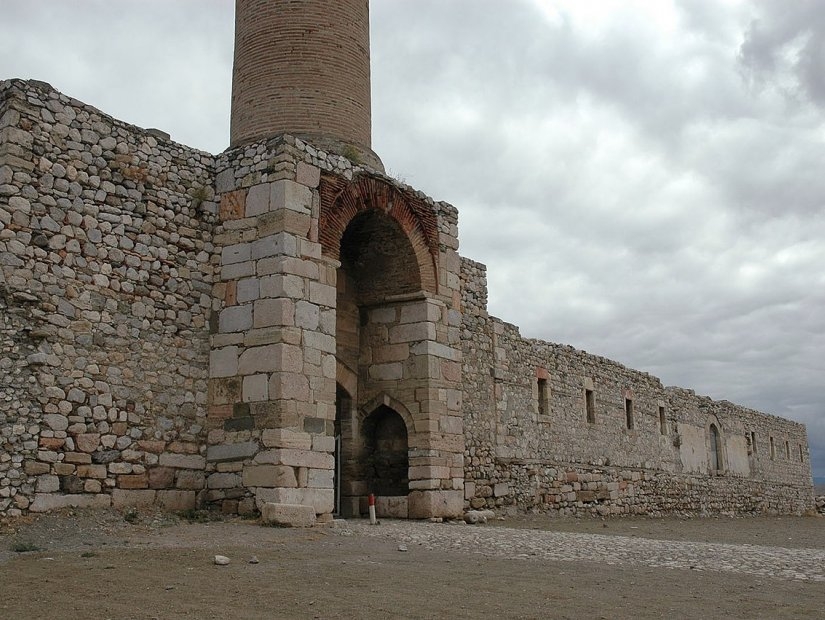Blog
Zile: Where Caesar Came, Saw and Conquered
Zile: Where Caesar Came, Saw and Conquered
Zile: Where Caesar Came, Saw and Conquered
Zile, also known as Zela, is a historically and culturally rich district of Tokat province in Turkey. This little district, stationed in a fertile plain near Yeşil River, has seen the world’s one of the most famous leaders: Julius Caesar. This modernized town acts as a commercial and agriculture hub with its regional products connected to more populated cities such as Tokat and Amasya with highways. This agriculturally developed and touristic town beholds significant historical importance. It’s the town where Julius Caesar quoted his well-known phrase: Veni, vidi, vici.
Located in north-central Turkey, this little town went through many historical events in the span of history. Historically known as Zela, this town was originally built by the Roman commander Lucius Cornelius Sulla. However, through archaeological searches, evidence of human habitation since Neolithic times was found in Zile. First documented and assumed settlement in this town was recorded when the Assyrians controlled Anatolia, as it’s suspected that the renowned Assyrian queen, Semiramis founded the town. Between 548 BC and 334 BC, Anatolia was ruled and divided into two groups by the ruler of the Achaemenid Persian Empire, Darius I. Remaining in the Pontus Cappadocia part of Anatolia, Zile saw an immense amount of attention as Royal Road, an ancient highway built by the Persians which caravans and soldiers depended on, passed through this small town. After a long duration of Persian control, Alexander the Great captured Zela as a result of the Battle of the Granicus.
As with the collapse of Alexander’s empire, the Seleucid Empire, which is the successor of Alexander’s reign, gained control of these lands and managed to rule over Zela for more than 200 years. With the Seleucid Empire’s decline, Pontus King Mithridates VI saw a potential and attacked the weakened state. Zela was captured and the people of the town massacred by the Pontus King in 88 BC. As Mithridates VI ordered his army to kill all Romans who lived there, Cappadocians called Rome for their salvation. The Roman army fought and defeated Mithridates forces gaining back Zela. During this time, Zela had a hard time recovering through all the disastrous events it went through, and the town’s structure changed from a small farm town to a sacred, religious city. In 49 BC, a civil war broke out between Julius Caesar and Pompey. As Romans were busy handling this issue, Pharnaces II of Pontus, son of Mithridates, saw this as an opportunity to seek his father’s vengeance. Julius Caesar halted Pharnaces’s offense on Zela in 47 BC. Battle of Zela was among the battles which represented the talent and brilliance of Julius Caesar as opposing forces were completely destroyed in only five hours. After his amazing victory, Julius Caesar sent his famous message to the Roman state: ‘’Veni, Vidi, Vici’’ meaning ‘’I came, I saw, I conquered.’’
Until 1071, control over Zela shifted a lot of times between the Sassanids and the Byzantines. Zela became a diocese for the Byzantines during their reign. Zela has been under Turkish control since 1071 after the battle of Manzikert. In 1397, Zile was integrated into the Ottoman Empire by the efforts of Ottoman Sultan Bayezid I. During the Ottoman reign, Zile became the common resting place for many caravans and merchants reaching the Asian continent. As of our day, Zile still maintains its cultural value and is considered to have importance for many religions. Many historical buildings can still be visited in Zile as artifacts of Hittites, Lycians, Persians, Greeks, Romans and Turks can easily be found. With its warm climate conditions and countless attractions, Zile manages to be home for tourists across the globe.


